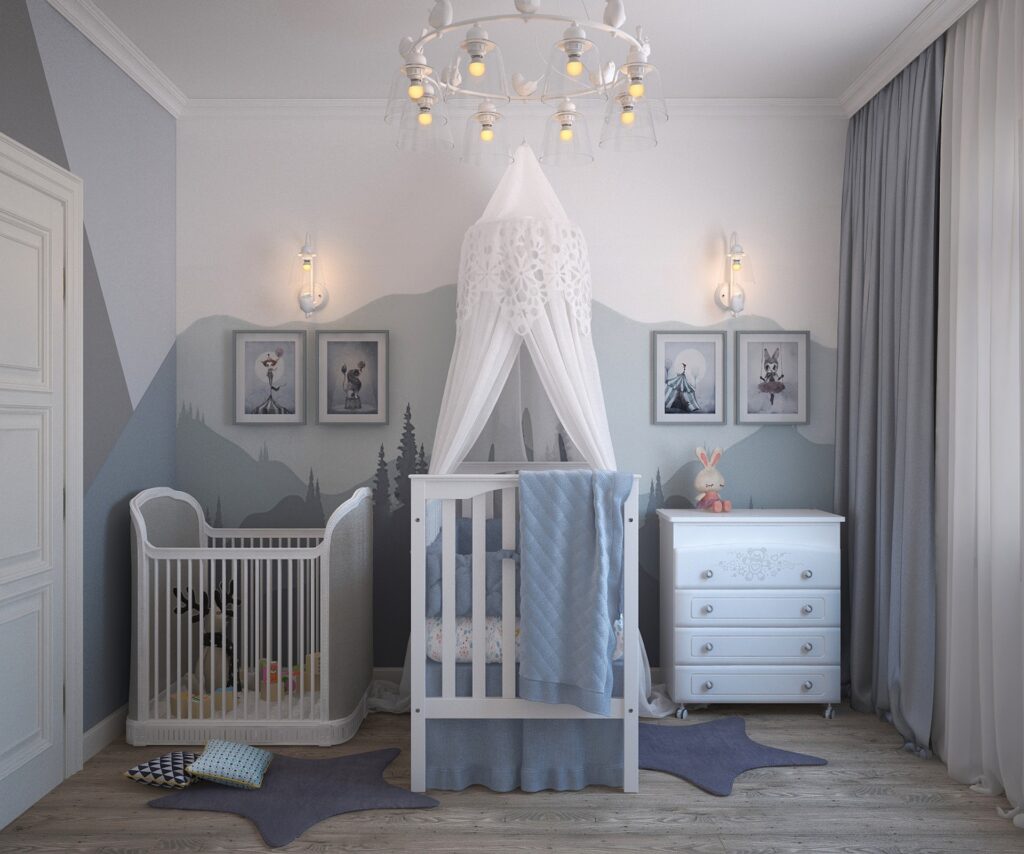Bringing a new baby into your family may be a life-changing and thrilling experience. When your child starts to investigate the world, their natural curiosity may take them into potentially hazardous circumstances. The first step to ensuring their safety and your peace of mind is to baby proof your house. With the help of this comprehensive guide, you’ll be able to create a safe and nurturing environment for your newborn by covering electrical outlets, securing furniture, and storing hazardous things out of reach. We’ll go over every safety measure you need to take, from the kitchen to the nursery, to help you turn your house into a haven where your child may develop, play, and thrive without risk. You are creating the groundwork for a safe and contented childhood by taking the time to completely baby proof your house.
Overall Safety Procedures
Dive Right in at Baby’s Level
Seeing the world through your baby’s eyes is one of the finest methods to spot any risks. This entails practically crawling around your house on your hands and knees. From this unusual vantage point, you can identify threats that an adult’s height might not be able to. From this perspective, things like small objects on the floor, exposed electrical outlets, and sharp table corners are all easier to see. Button, coin, and other small items that could be choking hazards are among the items you might find. In addition, you can see cords that are easily accessible to inquisitive hands or jagged edges on furniture. You may better understand which areas of your house need the most care and make more sensible alterations to protect your baby’s safety by taking the time to investigate it from their point of view.
Make Use of Gates
Baby gates are a vital safety item, especially when your child starts to walk and crawl. These gates can prevent entry to potentially dangerous places including toilets, kitchens, and stairwells. Make sure the baby gate you select is strong and has a dependable locking system. Hardware-mounted gates are the ideal option for staircases because of their enhanced stability, however pressure-mounted gates are useful for temporarily blocking doorways and other impediments. To avoid falls, gates must be installed at both the top and bottom of stairs. In addition, think about installing gates at the entrances to any rooms—like home offices or storage rooms—that are off-limits or could be dangerous. Your baby can safely explore in a controlled environment that you’ve carefully placed baby gates in.
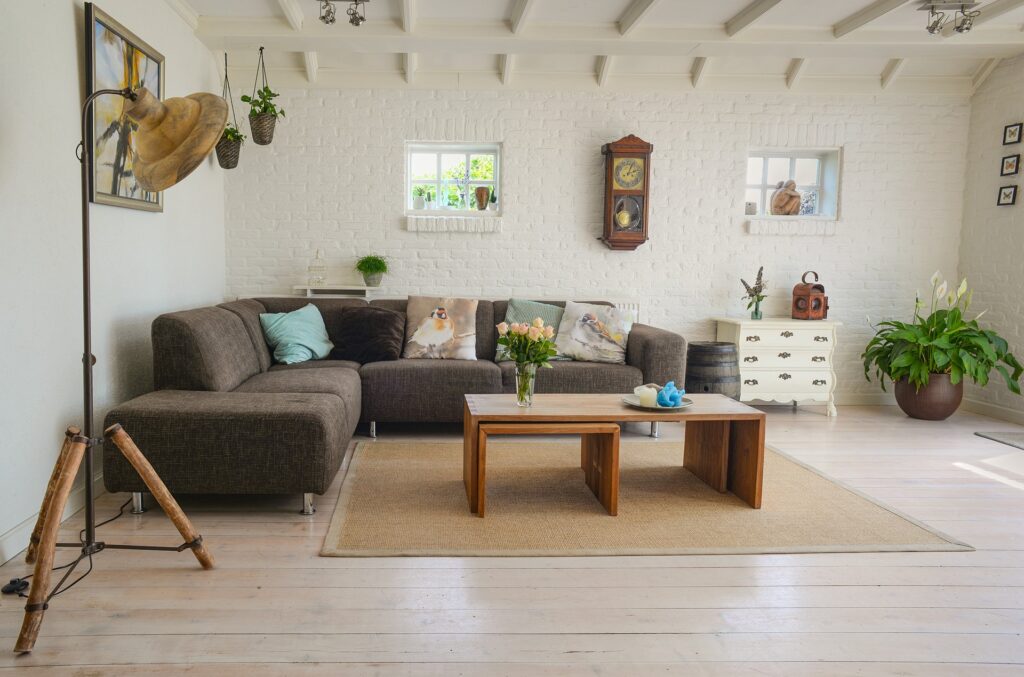
Keeping Furniture Secure
Anchor Bulky Furnishings
Curious toddlers who attempt to climb heavy furniture, such dressers, TV stands, and bookshelves, run a serious risk of serious injury. Furniture straps or brackets should be used to fasten these things to the wall in order to keep them from toppling over. These devices are simple to install and offer a sturdy anchor point, so your kid can try to climb the furniture, but it will stay stable. By taking this easy action, major injuries or even fatalities can be avoided. Furthermore, keep in mind that putting enticing items like toys or remote controls on top of these furniture pieces may encourage climbing. Make sure your furniture anchors hold steady over time by checking their stability on a regular basis.
Attach edge and corner bumpers
Coffee tables, end tables, and low bookcases are examples of furniture with sharp corners that can seriously injure a baby if it falls against them. Installing corner and edge bumpers on any furniture with sharp edges will help to reduce this risk. Since these bumpers are usually composed of pliable materials like silicone or foam, they act as a cushion, greatly lessening the force of a fall. They come in a variety of sizes and colors to match your decor and are simple to install. Keep an eye on the bumpers to make sure they stay firmly in place because curious hands may try to take them off. You may assist shield your infant from uncomfortable bumps and bruises while they explore their environment by adopting this precaution.
Apply Non-Slip Mats
Especially for infants who are just learning to walk, slippery floors can be perilous. Place anti-slip pads under your carpets and mats throughout your house to stop people from slipping and falling. These underlayment’s aid in the stability of the rugs, giving your child a safe area to exercise their newly acquired abilities. Ensure that the rugs are fastened securely on all sides in high-traffic areas like living rooms and hallways to stop any movement. To further improve stability, think about placing anti-slip pads below any mobile furniture, like tables and chairs. Make sure the pads hold their grip over time by checking their condition on a regular basis. You can create a safer atmosphere for your infant to walk around in confidence by taking care of these potential threats.

Electrical Security
Electrical Outlet Covers
Babies that are crawling find electrical outlets fascinating and at optimal eye level. Use plugs or outlet covers to restrict access to electrical sockets in order to avoid unintentional shocks or electrocution. From straightforward plug inserts to more complex sliding covers that shut automatically when not in use, there are many different kinds of covers available. Make sure that an adult can easily utilize the covers, but that a baby will find it difficult to remove them. Consider childproofing surge protectors and power strips as well for added security. Make sure the covers are still on all outlets by checking them frequently, and replace any that are loose or broken. The likelihood of electrical mishaps in your house can be considerably decreased by implementing these safety measures.
Keep Wires Covered
For small toddlers, loose electrical cables can pose a serious risk. They may injure themselves or even strangle themselves if they tug on them, chew on them, or become tangled in them. Keep electrical cords out of reach by bundling them together and fastening them with cord organizers to reduce these risks. To cut down on extra length, use cord shorteners, and hide cables behind furniture whenever you can. To keep the wires neat and safe, think about utilizing cord management sleeves or cable covers for regularly used equipment like chargers and lamps. To further lower the risk, unplug and store any unneeded electrical items. Effectively hiding and organizing electrical cables will help you make your baby’s exploration space safer.
Make Use of Cordless Blinds
Young children are at risk of strangling from blind and curtain ropes. Choose cordless window treatments like cordless blinds or roller shades to remove this risk. If changing your window treatments right now isn’t an option, consider making the current cables safer. To keep looped cords out of reach, cut them and add inner cord stops or safety tassels. Make sure that any cords are safely secured or positioned high enough so that your toddler cannot reach them. Make sure your window coverings are secure and operating properly by checking on them on a regular basis. You may make your baby’s living space safer by taking care of these possible risks.
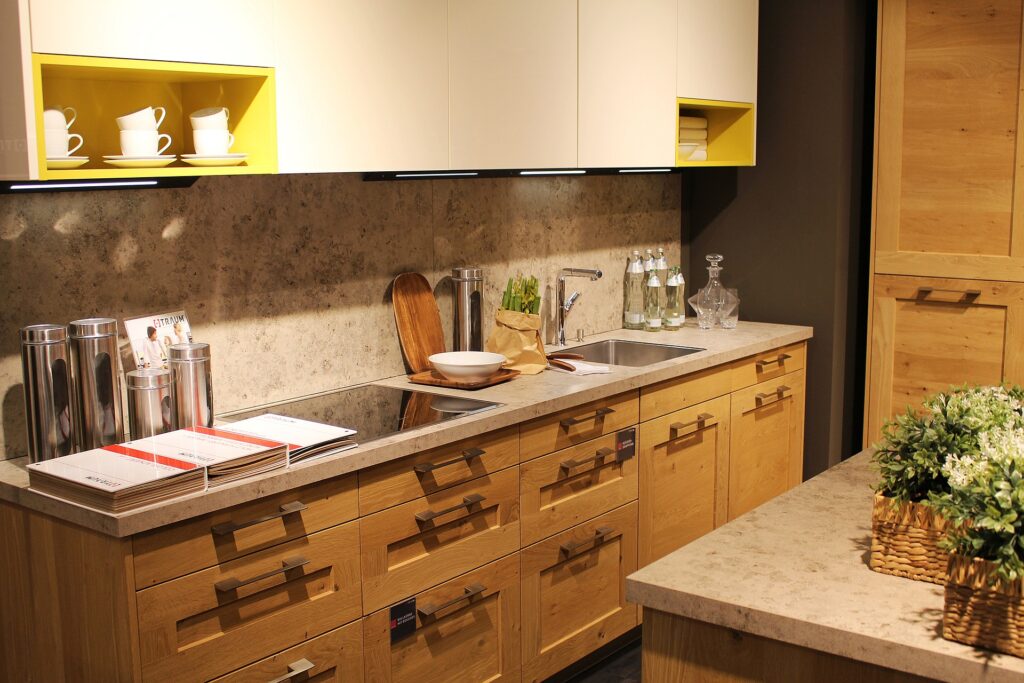
Safety in the Kitchen
Install Locks on Cabinets
There are several potential hazards in kitchens, such as poisonous cleaning products and sharp tools. Install childproof locks on all lower cabinets and drawers to keep your kid secure. There are many different kinds of locks available, such as magnetic locks, which are well-liked since they are simple for adults to access yet still keep infants out. Not only may sliding locks and adhesive locks be placed without drilling, they are also quite effective. Make sure to lock cabinets holding breakable plates, knives, and scissors. Furthermore, whenever feasible, keep dangerous items and cleaning supplies in high, out-of-reach cabinets. Make sure the locks are secure and operating correctly by checking them on a regular basis. You can lower the chance of accidents and keep your kid away from potentially harmful objects by following these precautions.
Safe Appliances
Big appliances like dishwashers, refrigerators, and ovens must be locked to keep curious hands from opening them or toppling them over. Install anti-tip brackets on stoves to stop them from toppling in the case that your youngster tries to climb on the oven door, and use appliance locks to keep doors locked. Ensure that little equipment, such as blenders and toasters, are kept out of reach and disconnected when not in use. To stop your infant from pulling down countertop appliances, make sure the cords are securely fastened. To prevent burns, keep hot foods and beverages out of reach and make sure that appliance cables are not hanging somewhere a child could grab them. You can make your baby’s kitchen a safer place by locking up your appliances.
Put Stove Guards to Use
In order to keep small hands away from hot pots and pans on the stove, stove guards are a need. By attaching these guards to the front edge of your stove, you can create a barrier that prevents kids from easily reaching the burners. To reduce the possibility of unintentional spills, flip pot handles inside out and utilize the rear burners whenever you can. To stop your kids from turning on the burners, install knob covers on stove dials. When cooking, never leave the stove unattended, and set a timer to remind you when to turn off the oven and burners. You may drastically lower your risk of burns and other kitchen-related accidents by following these precautions.
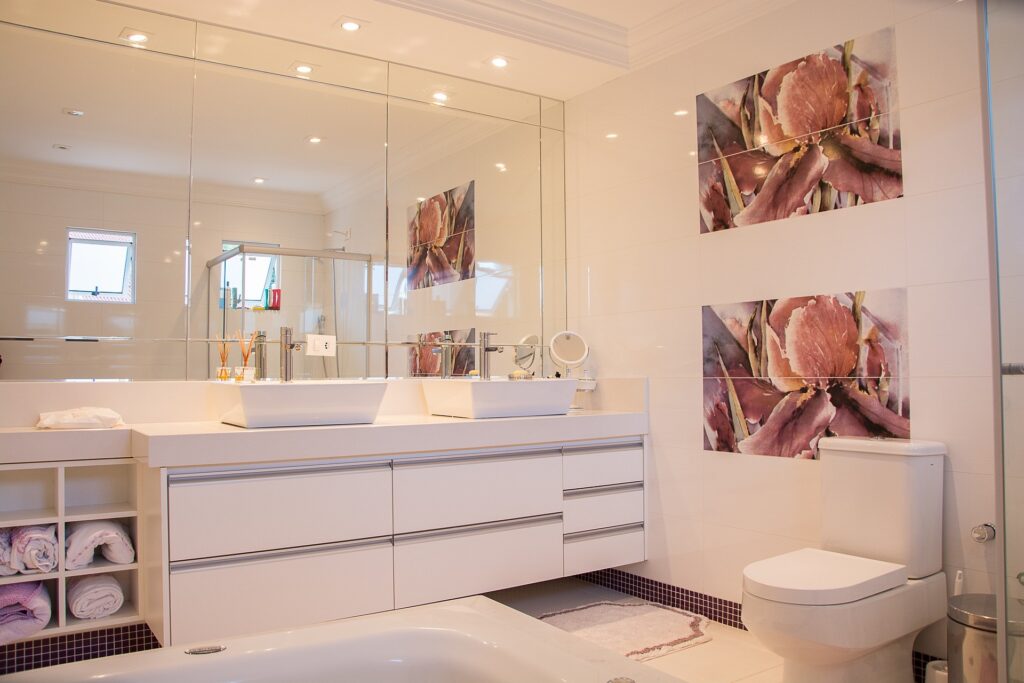
Safety in the Bathroom
Fit Locks on Toilets
Babies can pose a surprise risk when using toilets since they may try to play with the water or even fall in. Putting in toilet locks is an easy yet powerful approach to stop these mishaps. The toilet lid can be kept closed with ease thanks to these locks, which are simple to install and operate. Furthermore, watch over your child at all times when taking a bath and never, ever leave them alone, even for a brief period of time. To keep your kids out of the bathroom unattended, make sure the bathroom door is kept locked when not in use and think about installing a doorknob cover. You can make sure that your baby is secure in the restroom by following these procedures.
Use Non-Slip Mats
Bathrooms may be very slippery, particularly after a shower. Install non-slip mats inside and outside the bathtub to stop people from slipping and falling. By giving your kid a firm platform to stand on, these mats lower the possibility of mishaps. Ascertain that the mats are firmly in position and give them frequent inspections to make sure they continue to function. In order to give older kids and adults additional support, think about adding grab bars to the shower and bathtub. Making your baby’s bath time enjoyable and accident-free can both be accomplished by making your bathroom a safer place.
Keep dangerous goods out of reach
Many dangerous items, including medications, toiletries, and cleaning supplies, are frequently found in bathrooms. Place these things on high shelves or locked cupboards to keep them out of reach. Too much of even seemingly innocuous products, like toothpaste and mouthwash, can be harmful. Put childproof caps on all prescription drugs, and properly dispose of those that are unused or expired. To further avoid unintentional accidents, put small objects like scissors, nail clippers, and razors in a secure location. You can give your baby a safer restroom environment by following these safety measures.
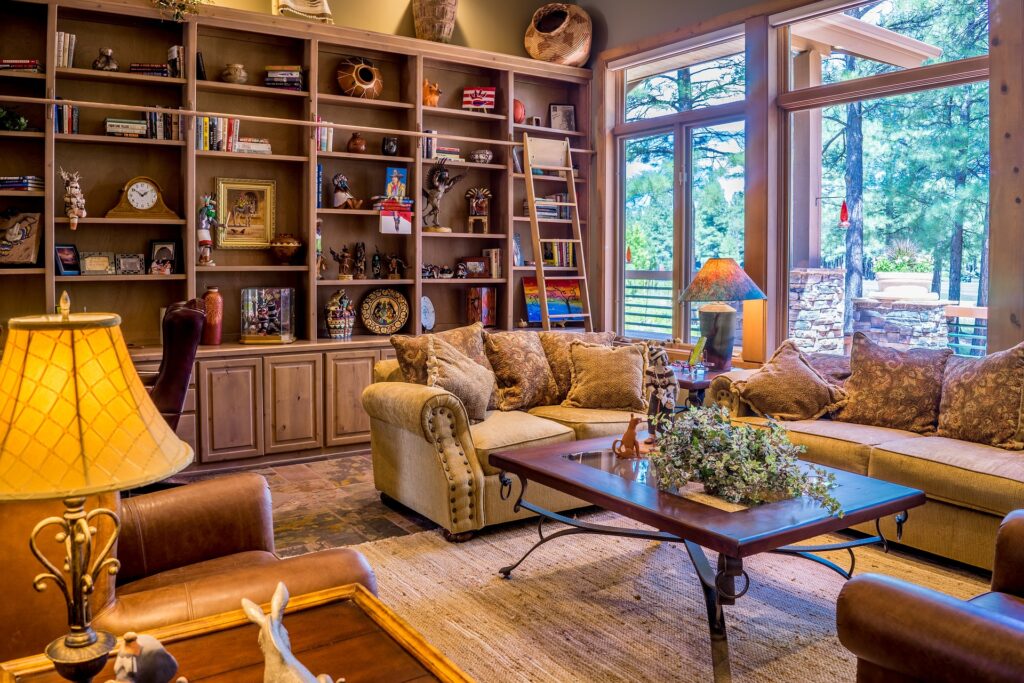
Safety in the Living Room
Safe TVs
If a baby tugs on a flat-screen television, it can easily topple over due to its top-heavy design. Mount your TV on the wall or use anti-tip straps to keep it from tipping over. In the event that your youngster tries to climb on the stand or tug on the screen, these straps will secure the TV to the wall and keep it steady. Keep the TV out of children’s reach and off of shaky furniture. Make sure that all other electrical cords are concealed or out of reach and secure them as well. You can lower your living room’s risk of TV-related mishaps by implementing these precautions.
Keep little things out of your reach
Young children can choke on anything small enough to fit through a toilet paper roll. Check your living room frequently for small items that could be in your baby’s reach, such as buttons, coins, batteries, and other items. This involves looking between cushions and under furniture for any hidden tiny objects. Furthermore, watch out for ornamental pieces like tiny figurines or beads that are easily tipping over or snatched up by inquisitive hands. To limit access, store these things in closed cabinets or on high shelves. Your living room can become a safer place for your infant to explore if you take the time to remove little objects from it.
Make use of cribs and play areas
Establishing a dedicated play space for your infant can promote safety while granting them unrestricted exploration and playtime. Create a safe haven with age-appropriate toys and cozy carpets by using playpens or gated spaces. The living room or any room in the house where you spend a lot of time can be used as this designated location. Make sure that nothing dangerous, including electrical outlets, sharp objects, or small items, are present in the play area. Switch up the toys on a regular basis to keep your infant interested and involved. You can promote your baby’s development while guaranteeing their safety by creating a fascinating and safe environment.

Safety in the Bedroom
Select a Secure Crib
It is vital for your baby’s safety that their crib satisfies the most recent safety regulations. Your baby’s head could become caught if the crib slats are spaced more than 2 3/8 inches apart. To avoid any gaps where your infant could become imprisoned, the mattress should also fit snugly inside the crib frame. Pillows, blankets, and plush animals should not be placed in the cot since they can suffocate the child. To keep your infant warm and secure, use a sleep sack and a fitted sheet instead. Make sure the crib stays in good condition by routinely inspecting it for missing or loose hardware. You can provide your infant with a safe resting environment by following these guidelines.
Employ Hanging Rods
Dressers should be secured to the wall, just like other large furniture pieces, to avoid toppling over. Due to their innate curiosity, kids may attempt to climb dressers in order to get at objects that are positioned on top. Dressers should be fastened to the wall using furniture straps or brackets to prevent mishaps. Furthermore, don’t put anything enticing or heavy on top of the dresser that could encourage climbing. In order to make sure the anchors stay solid, regularly verify their stability. You can make your baby’s bedroom safer and avoid dresser-related mishaps by using these safety measures.
Maintain a Spotless Floor
It is imperative that you keep the floor tidy and free of little objects for the protection of your infant. Babies frequently put objects in their mouths to investigate their surroundings, which might result in choking dangers. Vacuum and sweep the floors frequently to get rid of any little objects like buttons, change, and other trash. Particular attention should be paid to spaces where tiny things could collect, such as between cushions and under furniture. Furthermore, stay away from choosing little ornaments that your child could easily pick up or knock over. Your infant can crawl and explore in a safer environment if you keep the floor clean.
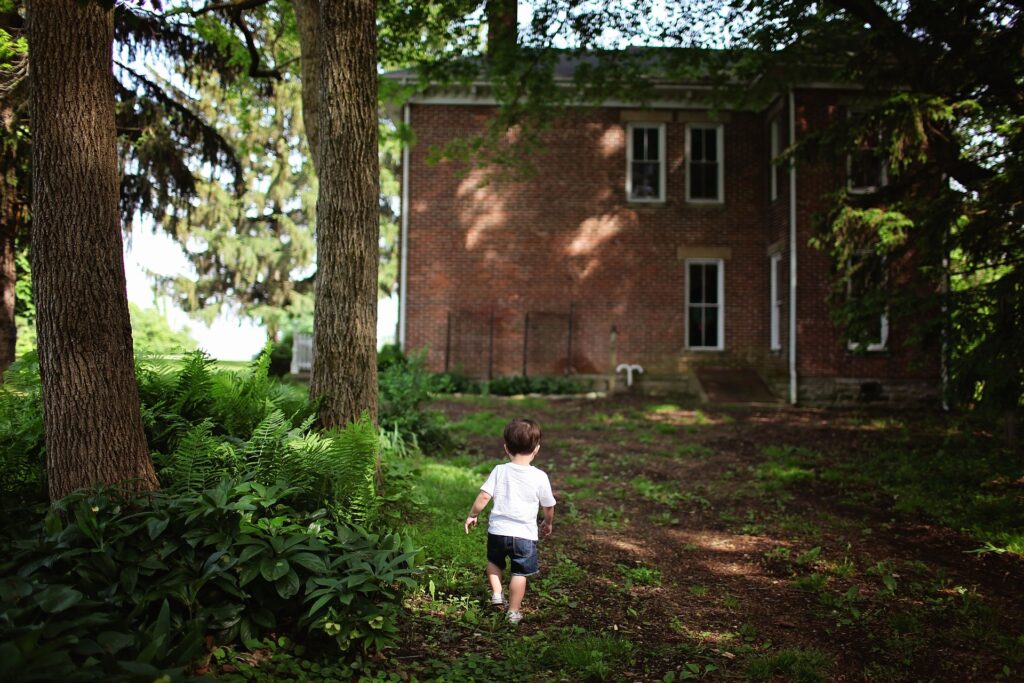
Outdoor Security
Safe Gates and Fencing
To keep your infant safe, make sure your yard is securely fenced if you have one. Make sure the fence is regularly inspected for any openings or loose boards that can let your child out. For extra protection, make sure gates are always closed and latching, and think about installing self-closing and self-latching gates. This keeps your child from getting lost and running into any problems outside of your yard. To further restrict access, store outdoor tools and equipment in a locked shed or garage. You may make your baby’s outside play space safe by fencing off your yard.
Get Rid of Dangerous Plants
It’s critical to recognize and get rid of any potentially dangerous plants from your garden because some plants can be poisonous if consumed. Find out which plants are typically harmful in your area and swap them out for non-toxic ones. Learn which plants are safe and which are not, and make sure your infant is not exposed to any potentially harmful plants. Furthermore, take care around plants that have sharp edges or thorns that could cut someone. Your infant may explore a secure outside environment in your well-designed and kid-friendly garden.
Verify the safety of the pool
It is crucial to take additional safety measures if you have a pool in order to protect your infant. To stop entry, erect a fence surrounding the pool with a self-closing, self-latching gate. Never, ever leave your infant alone at the pool, not even for a second. Think about installing a pool alarm that will notify you if someone unexpectedly enters the water. To keep your kids from being tempted to reach for the pool toys, make sure they are put away when not in use. You may considerably lower the chance of drowning and create a safer atmosphere around your pool by implementing these precautions.

Fire Safety
Set up the smoke detectors.
One essential element of home security are smoke detectors. Make sure your property has smoke detectors installed on every floor, particularly those that are close to beds. Make sure they are operating correctly by testing them every month, and change the batteries at least once a year. Think about installing smoke detectors that are connected so that, in the event that one is activated, the entire house will sound an alarm. Install carbon monoxide detectors as an additional precaution against this colorless, odorless gas. You may give your family early notice in the event of a fire or gas leak by keeping your smoke and carbon monoxide detectors in good working order. This will allow them to safely leave.
Always Have a Fire Extinguisher Nearby
In the case of a small fire, having a fire extinguisher close at hand can literally save your life. Put fire extinguishers in strategic locations like the garage, kitchen, and next to any fireplaces. Make sure you understand how to utilize them and that they are in operational order. Make sure the extinguisher is free of wear and damage by routinely checking the pressure gauge and inspecting it. Additionally, confirm that everyone in the household knows where the fire extinguishers are and how to use them. You can put out small flames fast and effectively and stop them from spreading if you are prepared.
Create a plan for escaping a fire
To make sure that everyone in your family knows how to leave the house quickly and safely in the event of a fire, you should create and practice a fire escape plan together. Make sure every room has two exits, and decide on a secure location for meetings outside the house. To make sure everyone in the family, including young children, knows what to do in an emergency, practice the escape plan on a frequent basis. Instruct your kids to crawl low to avoid smoke and to stop, drop, and roll if their clothes catch fire. You may contribute to making sure that everyone can safely escape in the case of a fire by creating and practicing a fire escape plan.
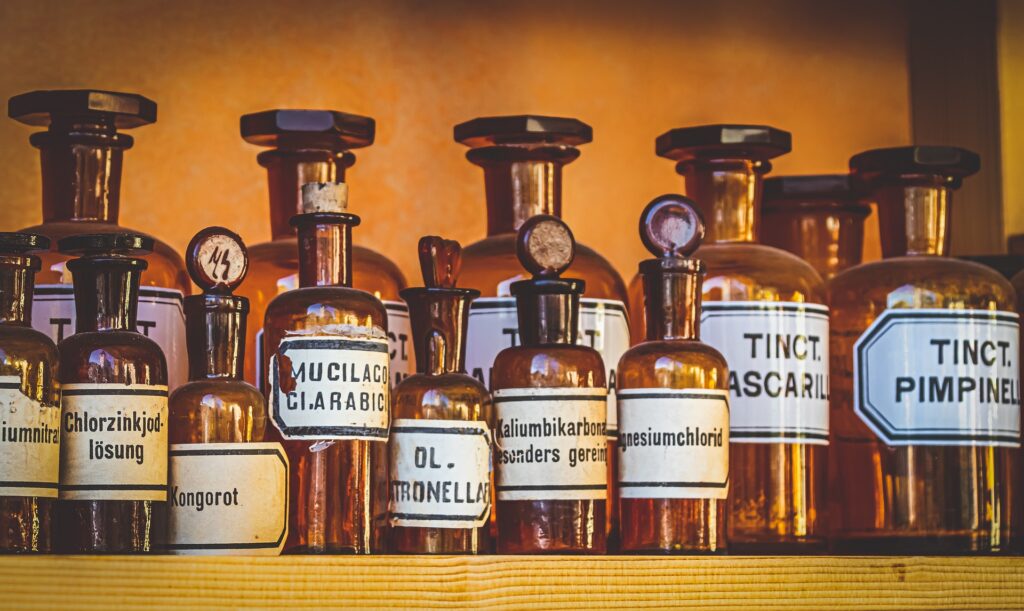
Contamination Management
Properly Store Chemicals
Cleaning supplies, insecticides, and automotive fluids are examples of household chemicals that should be kept out of reach and locked in cabinets or high shelves. To ensure correct usage and prevent confusion, always store these materials in their original containers with the labels still on them. Never keep chemicals in packaging meant to be mistaken for food or beverages. Furthermore, watch out for items like laundry detergent pods, which appeal to little children but are extremely dangerous if consumed. You may lower your baby’s risk of accidental poisoning and make your house a safer place by properly storing chemicals.
Keep Prescription Drugs Out of Sight
Vitamins and supplements should also be kept out of reach or in a locked cabinet when storing medications. Always use childproof caps on prescription drugs, and never store them in purses or on worktops where a curious infant could discover them. Make sure to appropriately dispose of any unused or expired medication to avoid inadvertent ingestion. Furthermore, keep an eye out for any prescriptions that guests may bring into your house and make sure they are securely placed out of reach. You can considerably lower your chance of unintentional medicine poisoning by following these precautions.
Poison Control Numbers Following
It’s critical to have quick access to emergency numbers in case of accidental poisoning. Keep your phone set to ring and the number for your local poison control center (1-800-222-1222 in the US) prominently displayed. Make sure that everyone who provides care, such as family members and babysitters, is aware of where to obtain this information and what to do in an emergency. Furthermore, learn how to administer basic first aid for poisoning and maintain a first aid kit close at hand. Being ready allows you to react to an unintentional poisoning promptly and efficiently.

Baby proofing your house is a continuous commitment to safeguarding your child’s safety and wellbeing rather than a one-time event. Your watchfulness and proactive actions will provide your baby the safe atmosphere they need to explore and grow confidently as they become older and their curiosity takes them to new heights and adventures. You may build a haven that fosters your child’s development and shields them from potential dangers by carefully fastening furniture, covering electrical outlets, keeping hazardous chemicals out of reach, and putting several other safety measures in place.
Recall that keeping up with your child’s developmental milestones and preparing for potential hazards are key components of baby proofing. Review your house frequently, update your safety precautions, and keep up with the latest innovations in baby-proofing goods and methods. Your child’s safety will be guaranteed by your constant efforts, and you’ll also feel better about yourself knowing that you’ve given them a safe space in which to grow.
You are making great progress toward protecting your house for your child by adhering to the thorough instructions provided in this guide. You will see that your efforts to keep them safe have paid off as you observe them explore, discover, and develop in a safe and supportive environment. You may cherish the priceless moments of your child’s early years with the knowledge that they are safe if you prepare ahead and take preventative measures.

